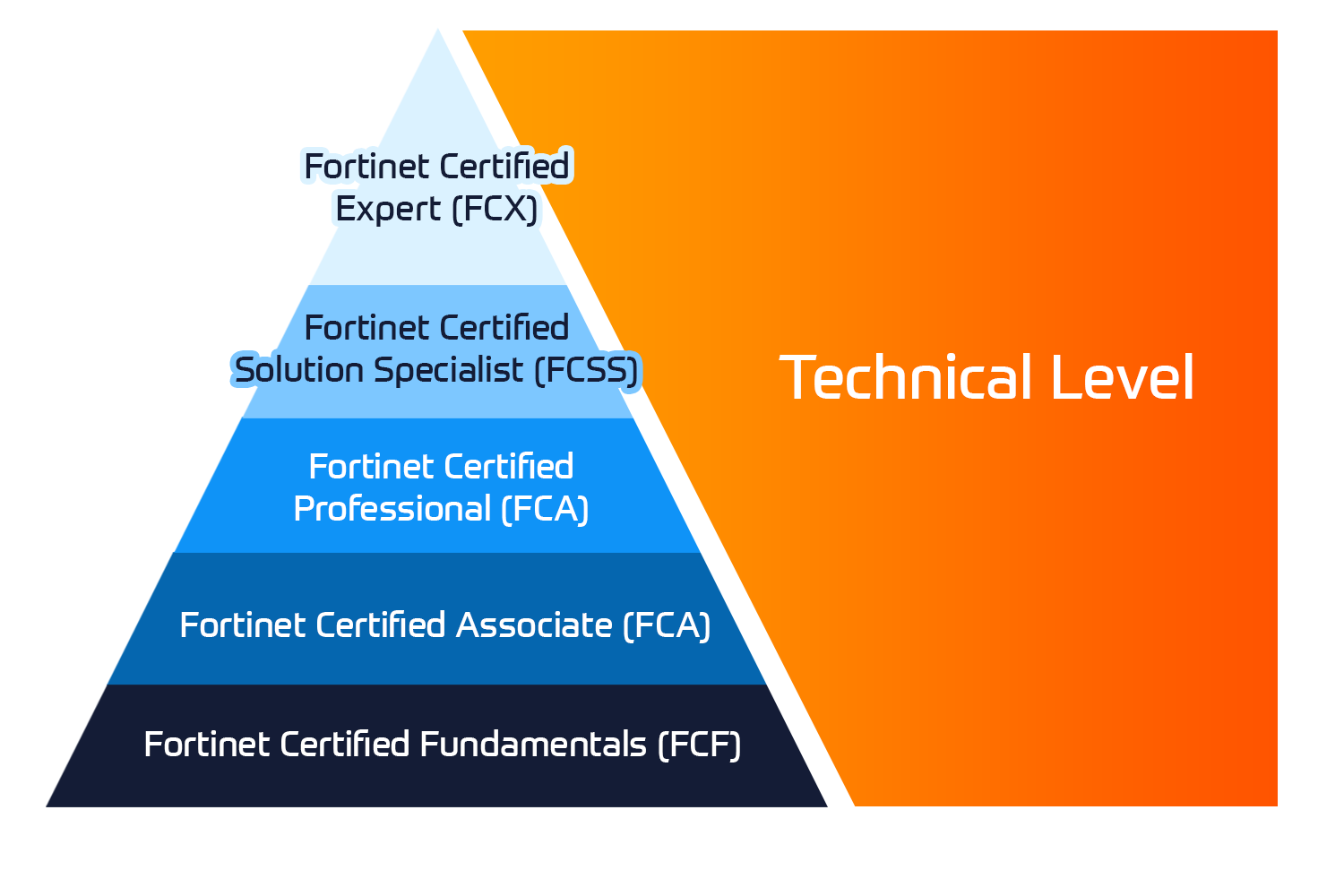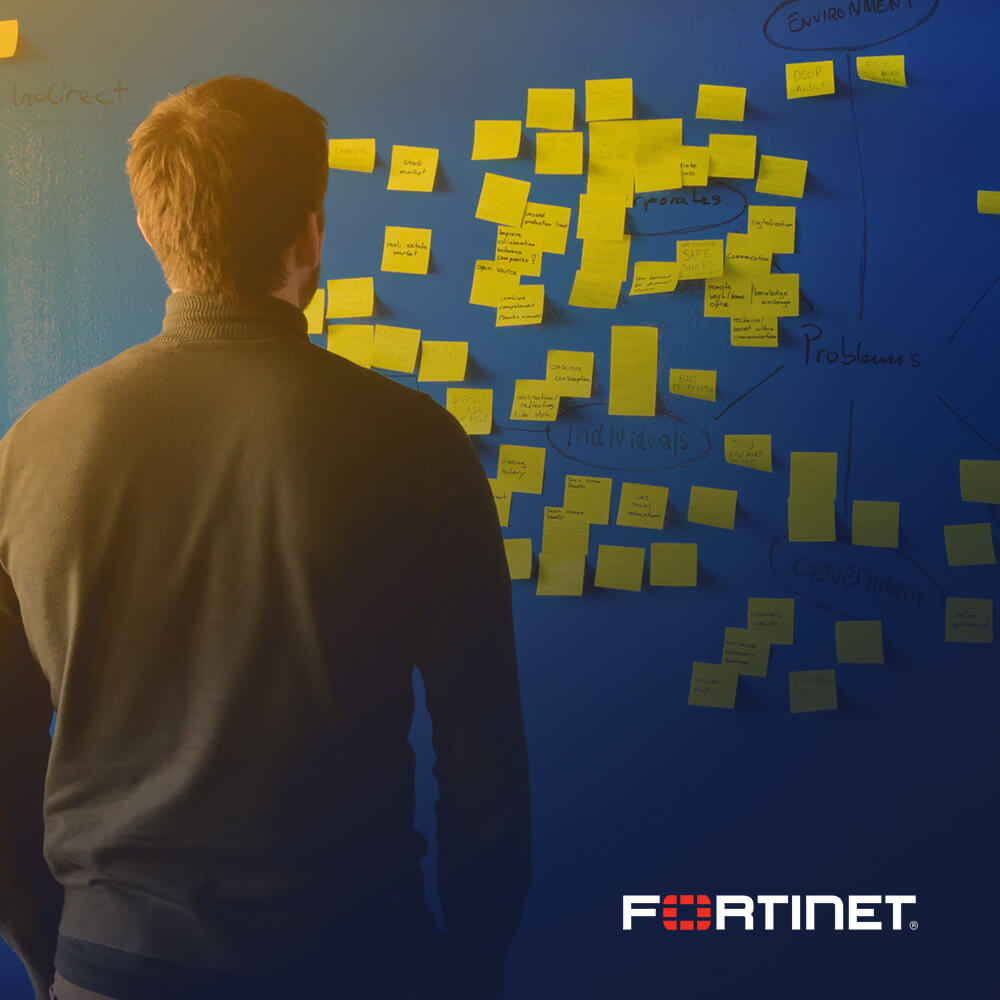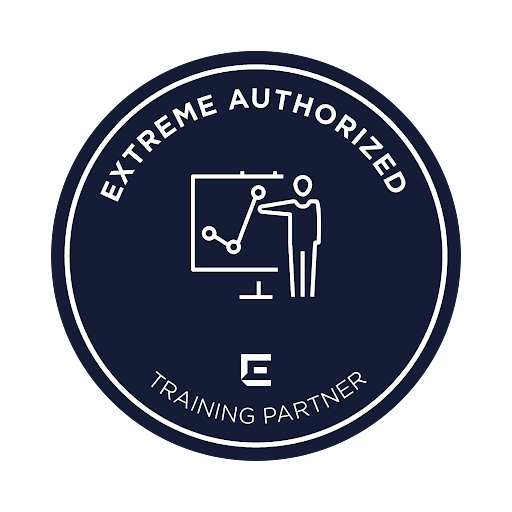MetroCluster software is a unique high-availability and disaster-recovery solution. In this advanced course, you learn how to install, configure and administer a MetroCluster environment. Hands-on labs, available in the ONTAP 9 environment, allow you to practice setting up the configuration, identify component failures and practice recovery steps.
Ota yhteyttä
Voit olla meihin yhteydessä ja tiedustella koulutuksistamme täydentämällä yhteystietosi ja koulutuksen nimen oheen.
 Kesto
Kesto 2 päivää
 Toimitus
Toimitus (Online ja paikan päällä)
 Hinta
HintaHinta pyydettäessä
By the end of this course, you should be able to:
- Describe the major architectural components of a MetroCluster environment in ONTAP 9
- Cable nodes, back-end FC switches and FibreBridge devices
- Set up bridges and back-end FC switches
- Configure the clusters at both sites in a MetroCluster environment
- Set up a MetroCluster configuration and serve data to clients
- Detect and recover from failures in a MetroCluster environment
- Install and configure Tiebreaker software
Module 1: MetroCluster Overview
- MetroCluster Introduction
- Define MetroCluster
- Describe MetroCluster Architecture
- Configuration Replication Service (CRS)
- Limitations
- MetroCluster supported configuration
- Controllers
- Shelves
- Switches and ISL configuration
- FAS8020, FAS8040, FAS8060 and FAS8080EX
- FlexArray virtualization support
- MetroCluster implementation overview
- Setup
- MetroCluster configuration tools and documentation
- Hardware
- Materials
- Technical content
Module 2: MetroCluster Cabling
- Disk requirements
- Plex SyncMirror overview
- Shelf IDs
- Cabinet Layout
- LUN layout with FlexArray storage virtualization software
- ATTO FibreBridge
- Cabling Shelves to Bridges
- Cabling Bridges to FC switches
- Controller Cabling
- Cluster Interconnect
- FC-VI Interconnect
- Onboard ports or HBAs
- CRS
- Management and data LIFs
- FC switch cabling
- Switch alternatives
- Brocade 6505 and 6510
- Cisco 9148
Module 3: Bridge and Switch Configuration
- ATTO FibreBridge configuration
- Brocade FC switch configuration
- FC switches
- Configuration
- RCF domains
- RCF ports and zone settings
- Brocade ISL configuration
- Calculating and setting distance
- Verifying
- OOD configuration – ONTAP 9 and later
Module 4: Cluster Configuration
- Controller configuration
- Setup
- Disk ownership
- FlexArray storage virtualization software
- Cluster setup
Module 5: MetroCluster Configuration
- MetroCluster setup
- Prerequisites
- Peer relationship
- Mirror aggregates
- Create mirrored data aggregates
- Enable configuration replication
- MetroCluster configure command
- MetroCluster verification
- Disk ownership fields
- Monitor FC switches
- Monitor FibreBridge devices
- Cluster status
- MetroCluster plug-in
- CLI health monitoring
- Node verification
- Components
- CRS component
- Interconnect mirror
- OnCommand unified manager
- Connectivity monitoring
- Replication monitoring
- Events and alerts
- SVM configuration in a MetroCluster environment
- Setup
- CLI
- Automatic creation
Module 6: Failure Scenarios
- Failures:
- Bridge
- Switch or switch port
- Single path
- Shelf
- CRS
- ISL
- Single HA node
- Double HA node
- Data center site
- Switchover types
- Simulation
- Negotiated switchover
- Non-negotiated switchover
- Switchover operation
- Switchback
- Switchback process
Module 7:Tiebreaker Configuration
- Tiebreaker software
- Disaster Detection
- Normal operation
- Tiebreaker installation
- Service operations
- Configuration
- Commands
- Monitor creation
- AutoSupport
- SNMP
Appendix A: Advanced Administration
Appendix B: Basic Metrocluster Troubleshooting
Appendix C: Front-End FC Fabrics in MetroCluster
Labs:
- Identify the exercise environment
- Identify a supported configuration in the IMT
- Inspect the environment
- Log into the exercise environment
- Power off the controller
- Cable SAS shelf connections
- Cable ATTO connections
- Cable controller FC connections
- Cable FC-VI connections
- Cable the switchless cluster interconnect
- Cable cluster peering connections
- Cable ISL between Site A FC switches and Site B FC switches
- Assign shelf IDs
- Use the UI to verify bridge configuration
- Update firmware on a bridge (optional)
- Use the CLI to verify bridge configuration
- Download the reference configuration file for a fabric switch
- Use the CLI to verify an FC switch configuration
- Reconfigure an FC switch
- Verify the ISL connections
- Verify the required ONTAP configuration in maintenance mode
- Set up a cluster
- Join the second node to the cluster
- Synchronize the system time for windows domain
- Configure network and storage objects
- Mirror the root aggregate and create data aggregates
- Configure MetroCluster health monitoring
- Enable the MetroCluster software
- Use the CLI to verify MetroCluster environment
- Create unmirrored aggregates
- Use config advisor to verify MetroCluster environment
- Set up OnCommand unified manager to monitor a MetroCluster environment
- Create an SVM for client protocols in a MetroCluster environment
- Use an unmirrored aggregate in a MetroCluster environment
- Use OnCommand unified manager to verify a MetroCluster environment
- Start Iometer traffic to a LUN
- Detect the loss of a node by performing a storage failover and giveback
- Detect the loss of cluster-replication service connections
- Detect the loss of ISL connections
- Detect the loss of a bridge connection
- Perform a negotiated cluster switchover
- Perform takeover and giveback during a switchover
- Perform a switchback of a negotiated cluster switchover
- Perform a non-negotiated cluster switchover
- Perform a switchback of a non-negotiated switchover
- Observe the loss of a site and an automatic switchover
- Perform a switchback of an automatic switchover
- Install the Tiebreaker software
- Configure Tiebreaker for a DR group in a MetroCluster environment
- Simulate a disaster to test Tiebreaker
- Observe how Tiebreaker initiates a switchover
- Perform a switchback and use Tiebreaker to monitor the process
NetApp customers, partners, and employees
Before attending, delegates should have attended the ONTAP 9 Cluster Administration and Data Protection (CDOTDP9) course.
Alternatively, they could have attended the ONTAP 9 Cluster Administration (ONTAP9ADM) and ONTAP 9 Data Protection Administration (DATAPROT9) courses individually.
In addition, it would be useful for the delegate to have basic SAN knowledge.
MetroCluster software is a unique high-availability and disaster-recovery solution. In this advanced course, you learn how to install, configure and administer a MetroCluster environment. Hands-on labs, available in the ONTAP 9 environment, allow you to practice setting up the configuration, identify component failures and practice recovery steps.
By the end of this course, you should be able to:
- Describe the major architectural components of a MetroCluster environment in ONTAP 9
- Cable nodes, back-end FC switches and FibreBridge devices
- Set up bridges and back-end FC switches
- Configure the clusters at both sites in a MetroCluster environment
- Set up a MetroCluster configuration and serve data to clients
- Detect and recover from failures in a MetroCluster environment
- Install and configure Tiebreaker software
Module 1: MetroCluster Overview
- MetroCluster Introduction
- Define MetroCluster
- Describe MetroCluster Architecture
- Configuration Replication Service (CRS)
- Limitations
- MetroCluster supported configuration
- Controllers
- Shelves
- Switches and ISL configuration
- FAS8020, FAS8040, FAS8060 and FAS8080EX
- FlexArray virtualization support
- MetroCluster implementation overview
- Setup
- MetroCluster configuration tools and documentation
- Hardware
- Materials
- Technical content
Module 2: MetroCluster Cabling
- Disk requirements
- Plex SyncMirror overview
- Shelf IDs
- Cabinet Layout
- LUN layout with FlexArray storage virtualization software
- ATTO FibreBridge
- Cabling Shelves to Bridges
- Cabling Bridges to FC switches
- Controller Cabling
- Cluster Interconnect
- FC-VI Interconnect
- Onboard ports or HBAs
- CRS
- Management and data LIFs
- FC switch cabling
- Switch alternatives
- Brocade 6505 and 6510
- Cisco 9148
Module 3: Bridge and Switch Configuration
- ATTO FibreBridge configuration
- Brocade FC switch configuration
- FC switches
- Configuration
- RCF domains
- RCF ports and zone settings
- Brocade ISL configuration
- Calculating and setting distance
- Verifying
- OOD configuration – ONTAP 9 and later
Module 4: Cluster Configuration
- Controller configuration
- Setup
- Disk ownership
- FlexArray storage virtualization software
- Cluster setup
Module 5: MetroCluster Configuration
- MetroCluster setup
- Prerequisites
- Peer relationship
- Mirror aggregates
- Create mirrored data aggregates
- Enable configuration replication
- MetroCluster configure command
- MetroCluster verification
- Disk ownership fields
- Monitor FC switches
- Monitor FibreBridge devices
- Cluster status
- MetroCluster plug-in
- CLI health monitoring
- Node verification
- Components
- CRS component
- Interconnect mirror
- OnCommand unified manager
- Connectivity monitoring
- Replication monitoring
- Events and alerts
- SVM configuration in a MetroCluster environment
- Setup
- CLI
- Automatic creation
Module 6: Failure Scenarios
- Failures:
- Bridge
- Switch or switch port
- Single path
- Shelf
- CRS
- ISL
- Single HA node
- Double HA node
- Data center site
- Switchover types
- Simulation
- Negotiated switchover
- Non-negotiated switchover
- Switchover operation
- Switchback
- Switchback process
Module 7:Tiebreaker Configuration
- Tiebreaker software
- Disaster Detection
- Normal operation
- Tiebreaker installation
- Service operations
- Configuration
- Commands
- Monitor creation
- AutoSupport
- SNMP
Appendix A: Advanced Administration
Appendix B: Basic Metrocluster Troubleshooting
Appendix C: Front-End FC Fabrics in MetroCluster
Labs:
- Identify the exercise environment
- Identify a supported configuration in the IMT
- Inspect the environment
- Log into the exercise environment
- Power off the controller
- Cable SAS shelf connections
- Cable ATTO connections
- Cable controller FC connections
- Cable FC-VI connections
- Cable the switchless cluster interconnect
- Cable cluster peering connections
- Cable ISL between Site A FC switches and Site B FC switches
- Assign shelf IDs
- Use the UI to verify bridge configuration
- Update firmware on a bridge (optional)
- Use the CLI to verify bridge configuration
- Download the reference configuration file for a fabric switch
- Use the CLI to verify an FC switch configuration
- Reconfigure an FC switch
- Verify the ISL connections
- Verify the required ONTAP configuration in maintenance mode
- Set up a cluster
- Join the second node to the cluster
- Synchronize the system time for windows domain
- Configure network and storage objects
- Mirror the root aggregate and create data aggregates
- Configure MetroCluster health monitoring
- Enable the MetroCluster software
- Use the CLI to verify MetroCluster environment
- Create unmirrored aggregates
- Use config advisor to verify MetroCluster environment
- Set up OnCommand unified manager to monitor a MetroCluster environment
- Create an SVM for client protocols in a MetroCluster environment
- Use an unmirrored aggregate in a MetroCluster environment
- Use OnCommand unified manager to verify a MetroCluster environment
- Start Iometer traffic to a LUN
- Detect the loss of a node by performing a storage failover and giveback
- Detect the loss of cluster-replication service connections
- Detect the loss of ISL connections
- Detect the loss of a bridge connection
- Perform a negotiated cluster switchover
- Perform takeover and giveback during a switchover
- Perform a switchback of a negotiated cluster switchover
- Perform a non-negotiated cluster switchover
- Perform a switchback of a non-negotiated switchover
- Observe the loss of a site and an automatic switchover
- Perform a switchback of an automatic switchover
- Install the Tiebreaker software
- Configure Tiebreaker for a DR group in a MetroCluster environment
- Simulate a disaster to test Tiebreaker
- Observe how Tiebreaker initiates a switchover
- Perform a switchback and use Tiebreaker to monitor the process
NetApp customers, partners, and employees
Before attending, delegates should have attended the ONTAP 9 Cluster Administration and Data Protection (CDOTDP9) course.
Alternatively, they could have attended the ONTAP 9 Cluster Administration (ONTAP9ADM) and ONTAP 9 Data Protection Administration (DATAPROT9) courses individually.
In addition, it would be useful for the delegate to have basic SAN knowledge.
- ` Päivämäärä pyynnöstä

 United Kingdom
United Kingdom Germany
Germany Denmark
Denmark Sweden
Sweden Italy
Italy Netherlands
Netherlands Norway
Norway 















